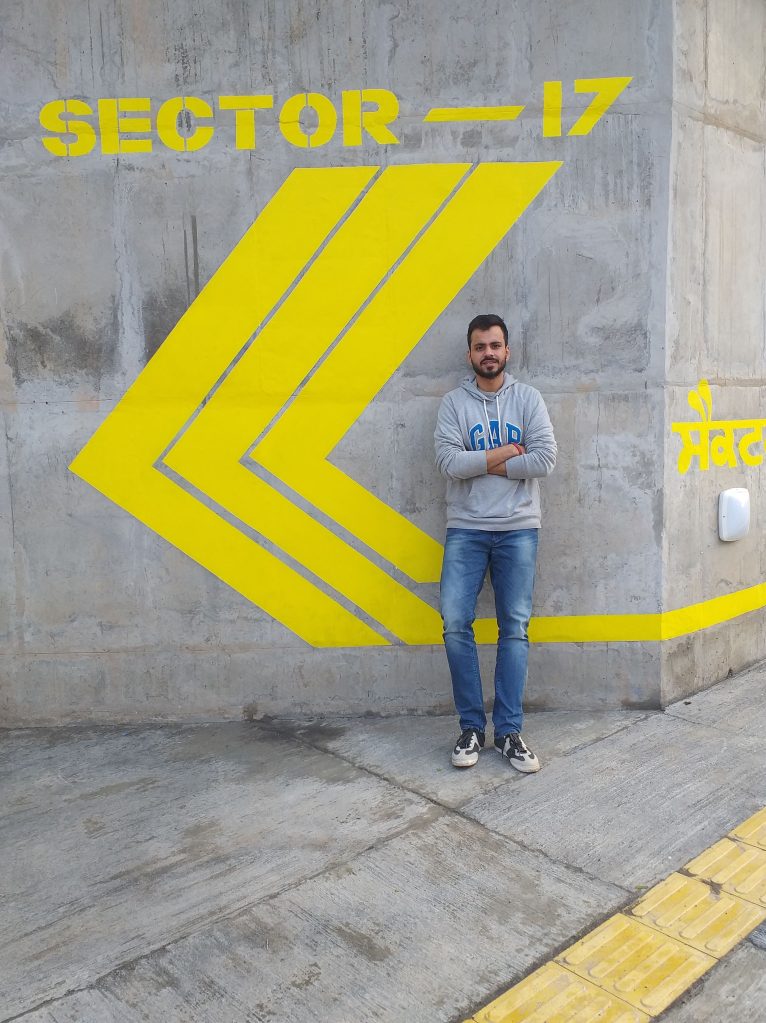I have been wanting to explore this recently inaugurated pedestrian underpass since long. Today i decided to go visit it. Read ahead to know more about it.
The recently inaugurated pedestrian underpass connecting Sector-17 and 16 along the Jan Marg has been in news for all the (in)famous reasons. I though its a great time to just go and look at the underpass. And i was in for an aesthetically pleasing experience.
First things first. What is it ? Its an underpass for pedestrians connecting one of the busiest markets (sector17) with the rose garden nearby(sector 16). The road under which it is constructed is Jan Marg which usually doesn’t have much traffic on it. This has raised some concerns in the media about the viability of the project in the first place. More on this later.
Now that you have it clear where is it, i move on to describe the underpass. The first thing i have to say about it is that it enhances the beautification quotient of the city. Extremely clean, well light in case of late night, green cover on both the ends makes it so soothing to visit.
To attract more residents the Chandigarh Lalit Kala Academy has put up an art exhibition till 15th Jan.
How does this make the city better ?
- A pedestrian underpass is necessary to make it easier for people to choose walking as a mode of moving.
- Only when the pedestrians feel safe on roads that we can ensure more residents choosing this mode.
- Signifies clear intent of the administration towards importance of pedestrian spaces.
- Provides space for city based artists to display their art along the subway.
- And guess what the open spaces along the subway are used by underground b-boying and street dancers to practice their routine. I tried to capture some of their practices. Do watch below. The potential of underpass as a hub for creative people is highly under rated in my opinion. Cities like New Delhi, New York have some great lessons to offer.
Concerns with the underpass
- Questions have been raised about necessity of the underpass. I would be honest and write that there weren’t much users when i visited.
- The Jan marg isn’t that crowded with vehicles as quoted by various newspapers. This raises all the more questions about the necessity.
- The underpass has slopes on both the ends which would inevitably lead to rain water water-logging during the monsoons.
- Open public spaces are at the risk of vandalisation in the name of creative expression.
- Open public spaces also attract drug users and public alcohol consumption which needs to be kept under check.
Underpasses have always excited me. Be it the one in sector 17-22 or the ones i have used in other cities. I always found them more exciting then the foot over bridges found usually in New Delhi.
Have a look at the some videos i made at the underpass. See you around next time.

Overview of the underpass


